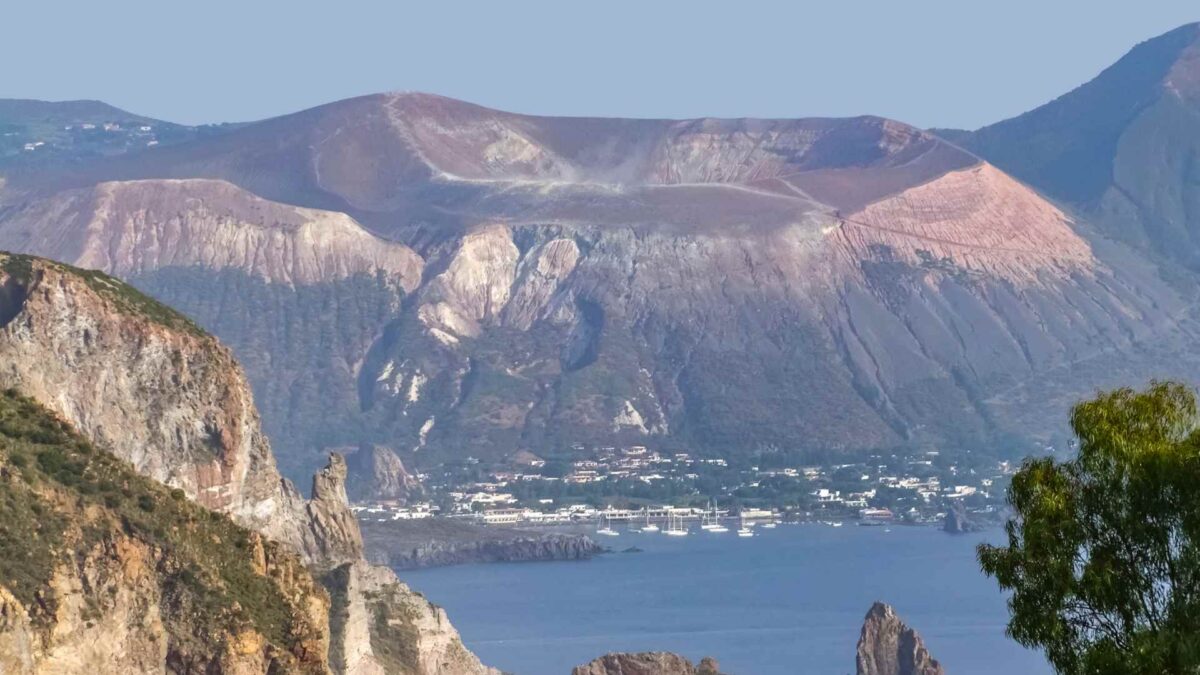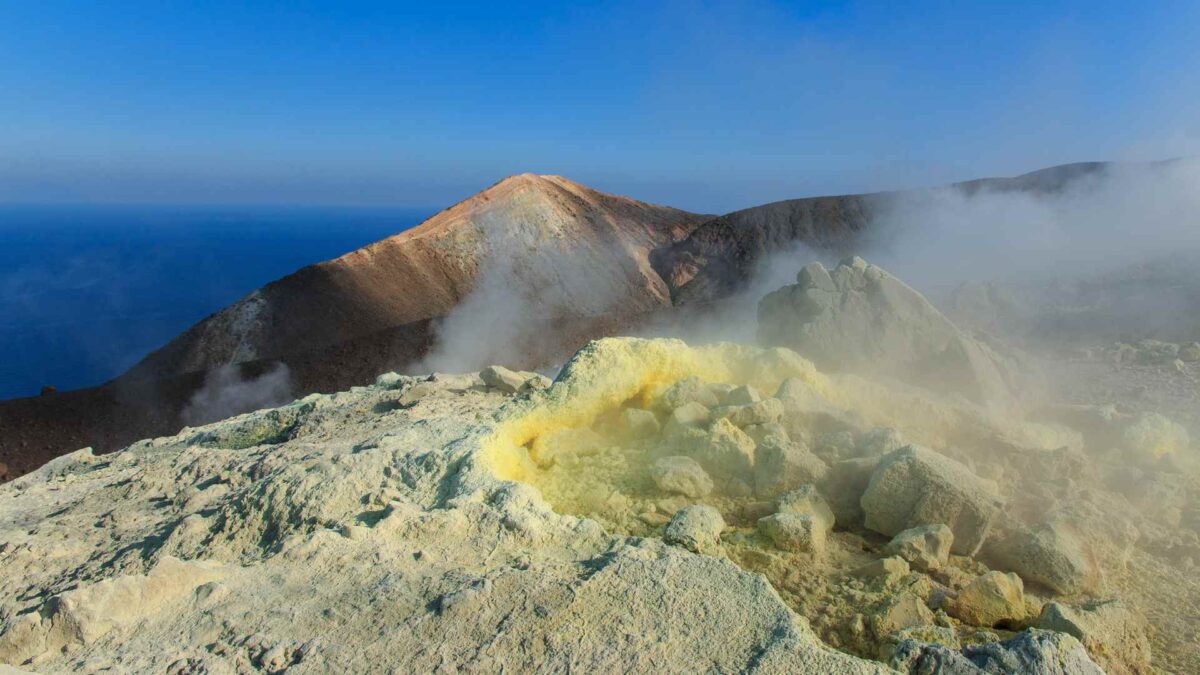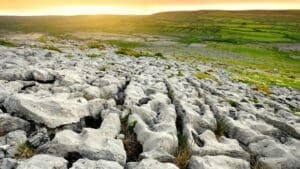
3D model could aid volcanic eruption planning

A team of Swiss and Italian researchers has produced the most detailed three-dimensional image yet of the interior of Vulcano, a volcano in northern Sicily, in a study that could improve preparation for future eruptions.
The work, published in Nature Communications, combines data from 200 seismic sensors with artificial intelligence to reveal magma pathways and fluid-rich zones beneath the volcano’s surface.
Douglas Stumpp, a doctoral student at the University of Geneva (UNIGE) and lead author, said the study represents a major step towards understanding the internal dynamics of volcanoes. “Until now, volcano seismology mainly focused on earthquake signals. Very few studies have examined in detail what occurs deep underground, where eruptions actually begin,” he said.
Using “ambient noise tomography,” the researchers recorded natural ground vibrations for a month. Neural networks processed the data on UNIGE’s supercomputer, producing a high-resolution image of Vulcano’s internal structure. Matteo Lupi, who led the study, compared the breakthrough to moving from ultrasound to MRI in medicine, highlighting how precisely scientists can now identify magma and gas movement.

While the study does not yet allow eruptions to be predicted, it opens the possibility of real-time monitoring using AI-assisted seismic data. “If such systems could be deployed in real time, authorities could track changes in each part of the volcanic system and design adaptable evacuation plans,” said Stumpp.
With more than 1,500 active volcanoes worldwide and 800 million people living nearby, the research could help reduce risk and improve preparedness, offering authorities a tool to respond more effectively to the unpredictable threat of eruptions.
Share this WeathÉire story:

























